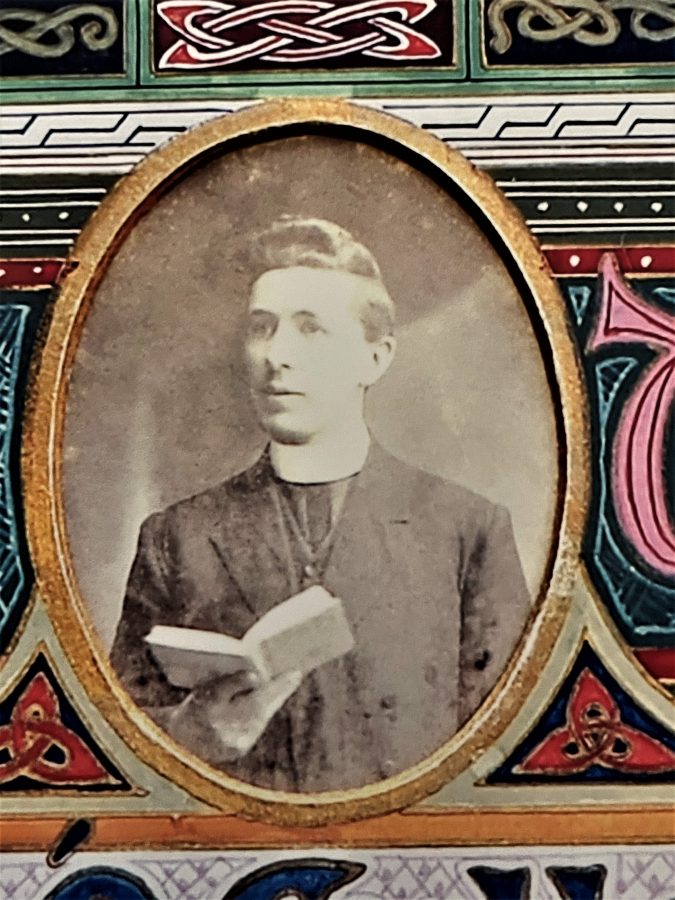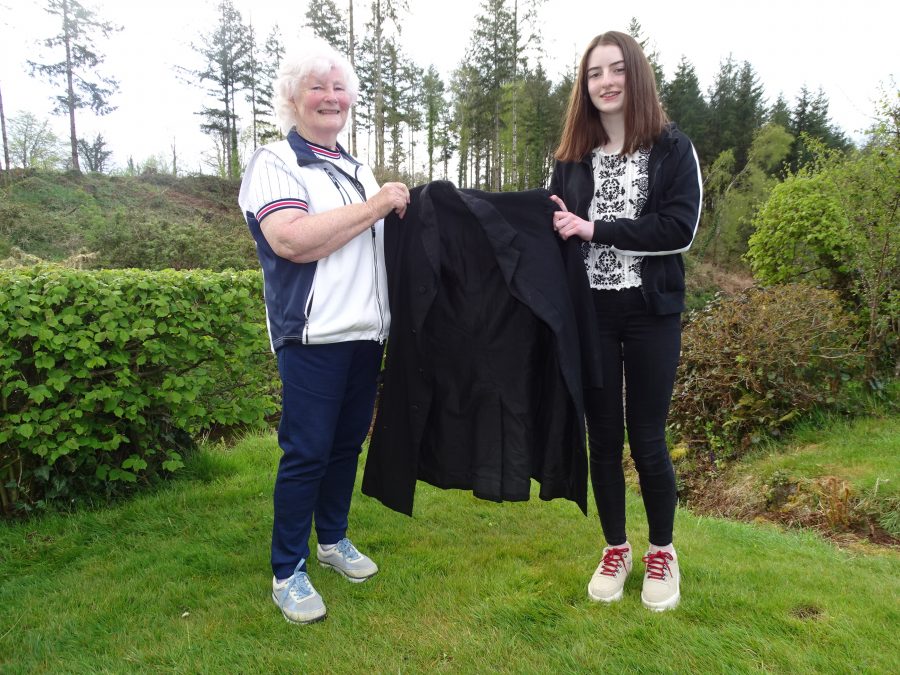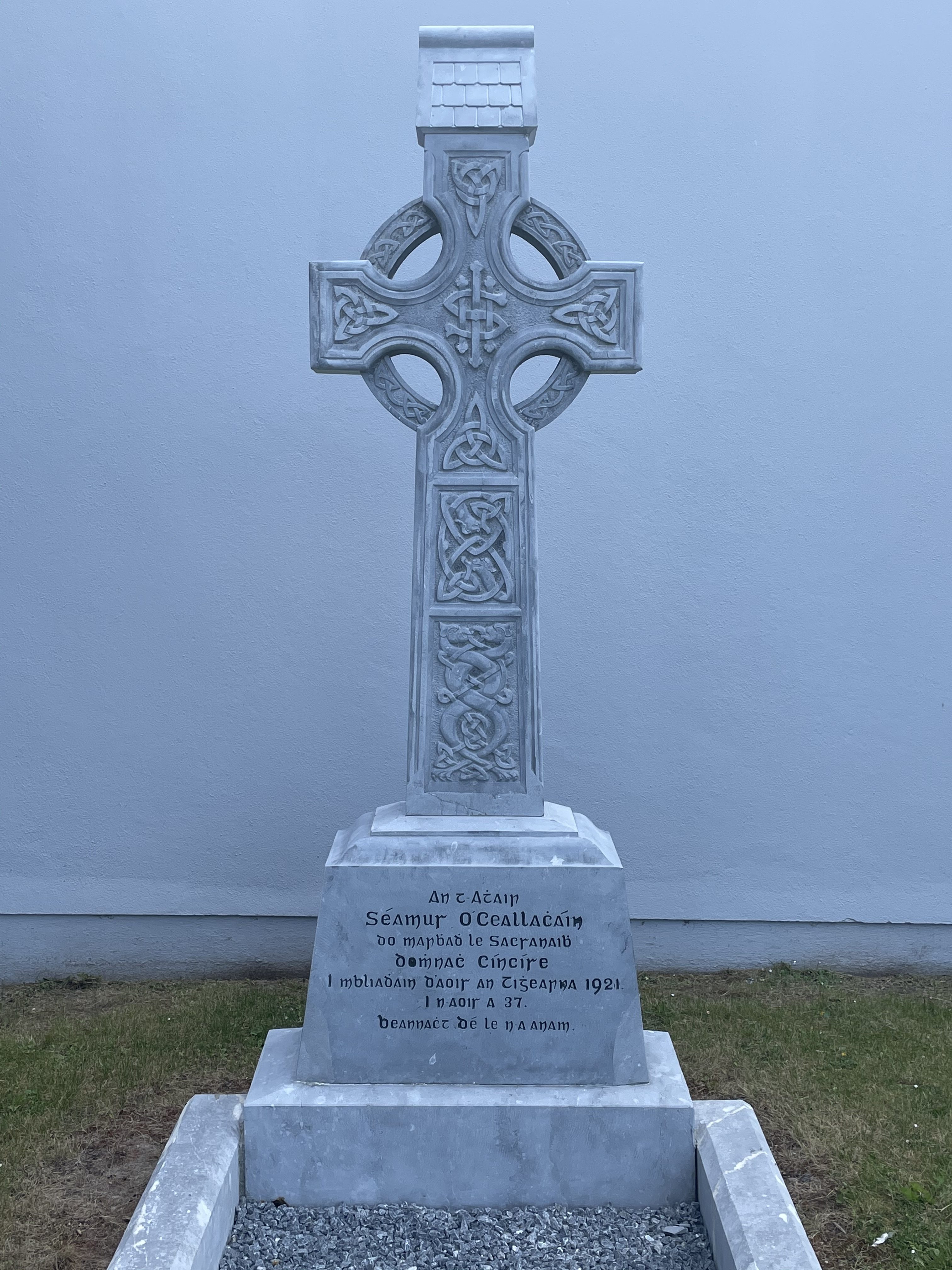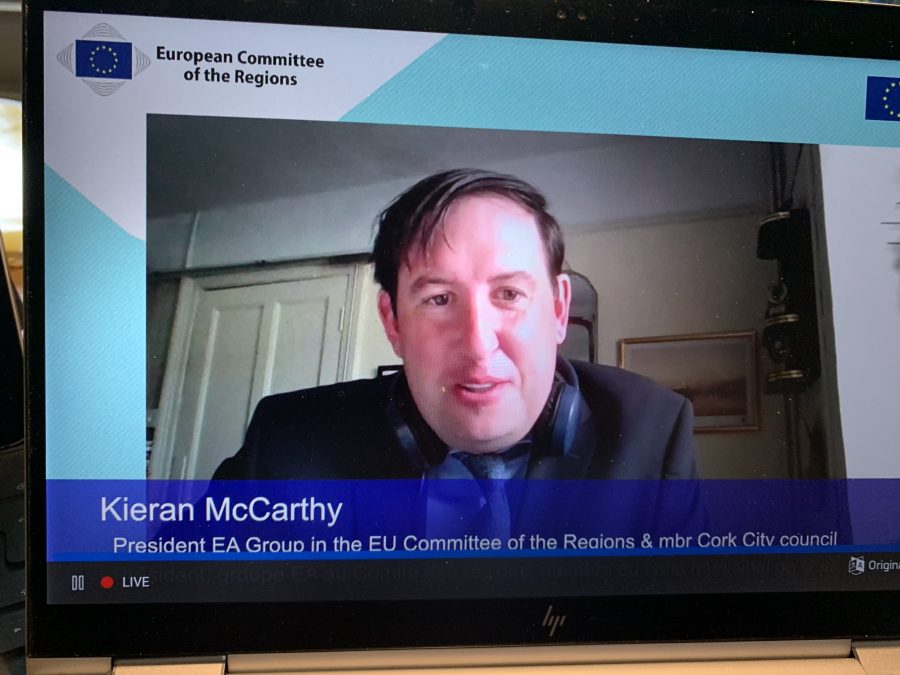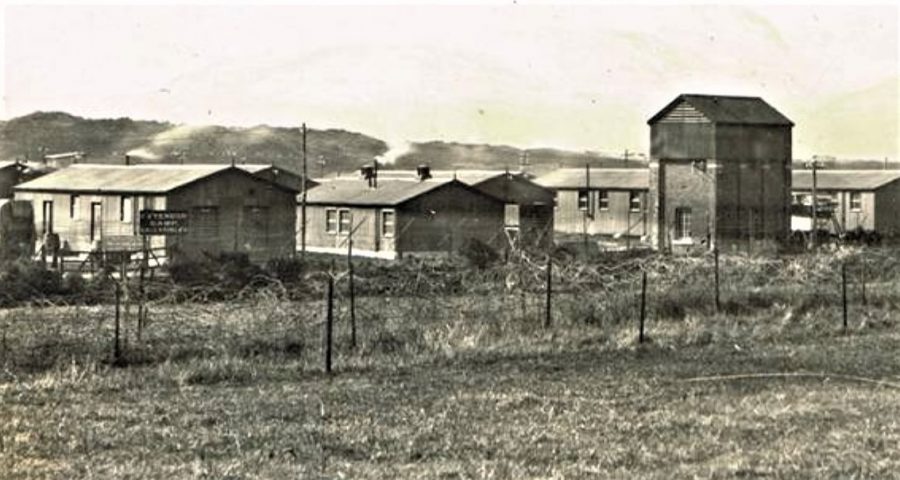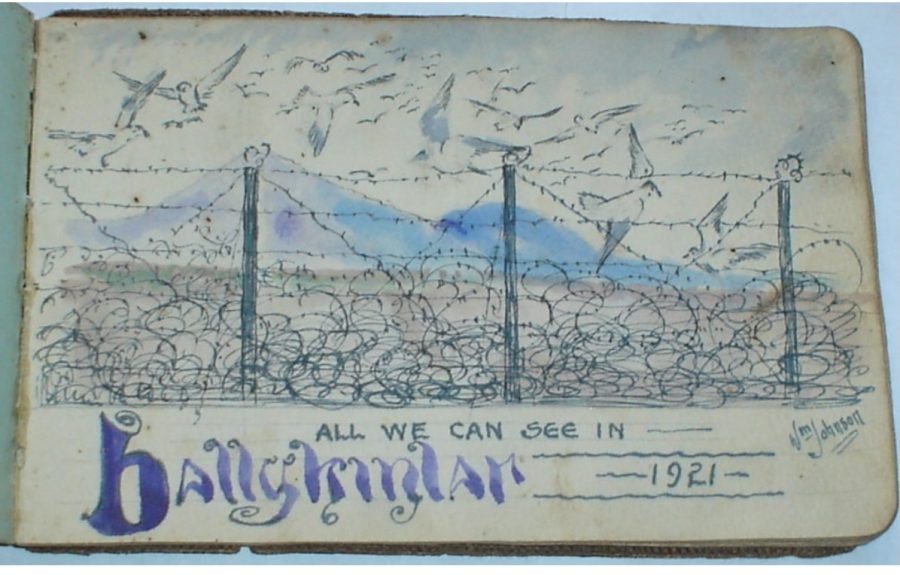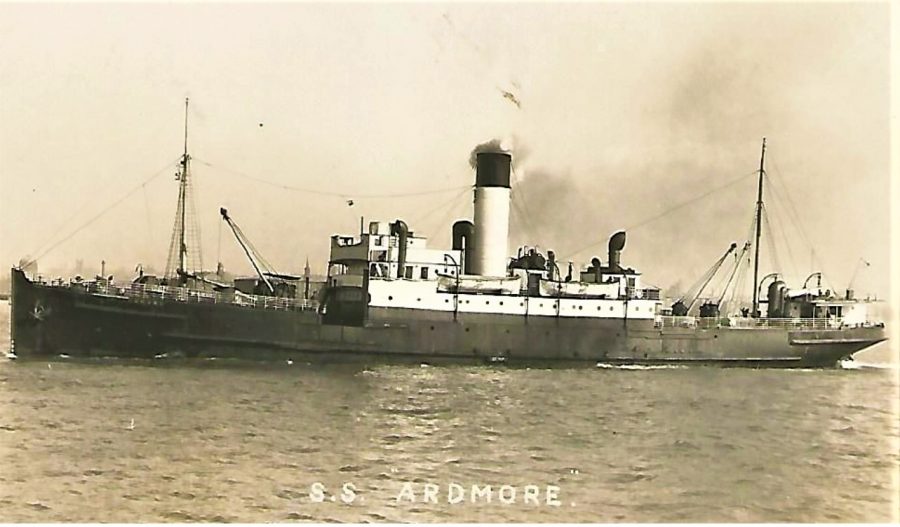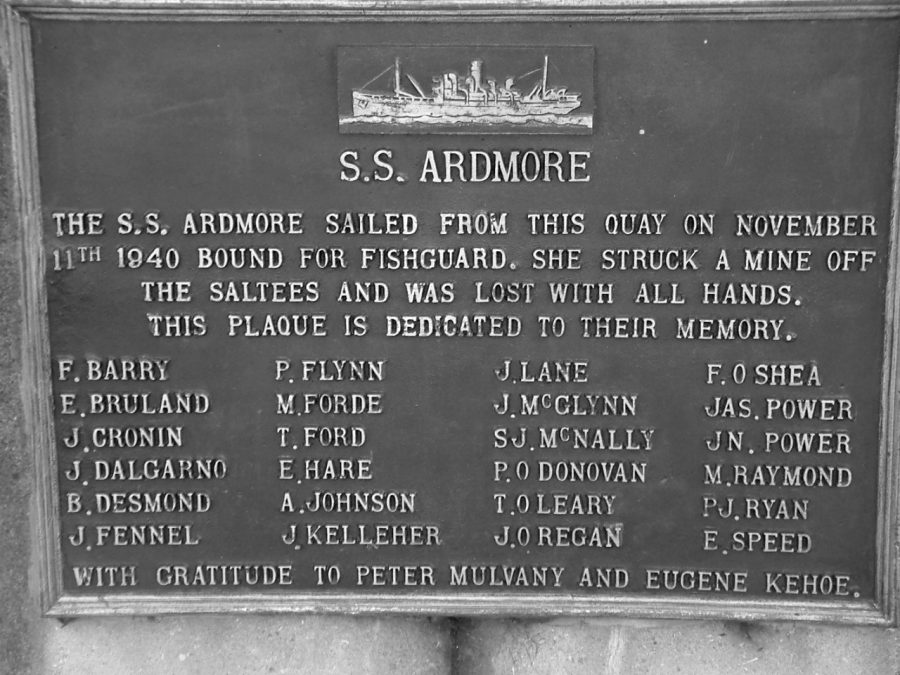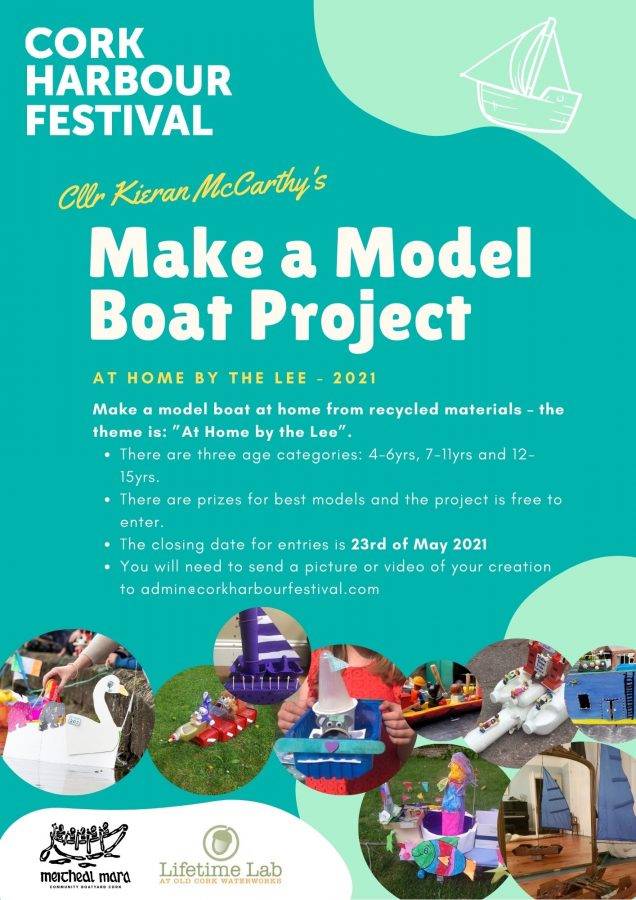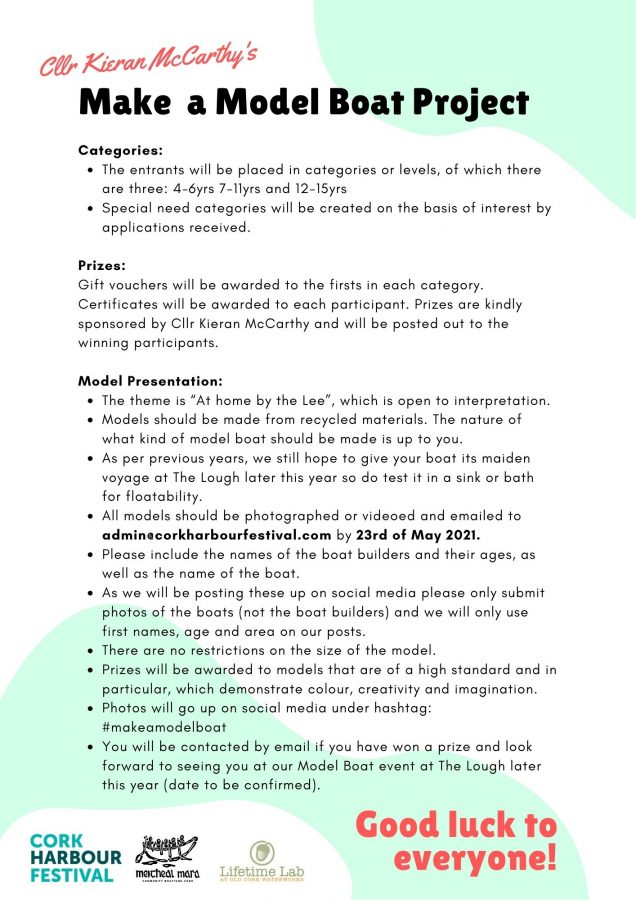Independent Cllr Kieran McCarthy has welcomed the good progress on the Old Railway Line Walk works. Construction has already began on a new access ramp linking the Marina and the old Railway Line walk.
Cllr McCarthy noted: “This new access point will benefit pedestrians, cyclists, people with disabilities and ensure better access to local communities and visitors. At present, people with disabilities cannot access the greenway between Pairc Uí Chaoimh and the Mater Private access point”.
“A giant game of ‘Snakes and Ladders’, which will include ladders and slides, will form part of the green terraced area surrounding the new access ramp. New seating will also be incorporated, new lookout points and water drinking facilities. There will also be extensive soft landscaping works including significant new tree planting, shrub planting and wildflower meadow planting with native pollinator friendly species”, concluded Cllr McCarthy.
From 10 May, works to resurface, widen and install public lighting on the Blackrock Greenway mean that a section of the amenity between Atlantic Pond and Blackrock Station, will be temporarily closed. Pedestrians and cyclists will be asked to observe the diversions in place. These upgrade works are expected to continue for up to 10 weeks.
The Blackrock-Mahon Greenway Improvement Scheme has been designed to enhance this popular route due to increased usage by pedestrians and cyclists for recreation and commuting. The works are also to encourage and prioritise its ongoing development as a green living corridor with significant health and well-being benefits.
Independent Cllr Kieran McCarthy has welcomed the good progress on the Old Railway Line Walk works. Construction has already began on a new access ramp linking the Marina and the old Railway Line walk.
Cllr McCarthy noted: “This new access point will benefit pedestrians, cyclists, people with disabilities and ensure better access to local communities and visitors. At present, people with disabilities cannot access the greenway between Pairc Uí Chaoimh and the Mater Private access point”.
“A giant game of ‘Snakes and Ladders’, which will include ladders and slides, will form part of the green terraced area surrounding the new access ramp. New seating will also be incorporated, new lookout points and water drinking facilities. There will also be extensive soft landscaping works including significant new tree planting, shrub planting and wildflower meadow planting with native pollinator friendly species”, concluded Cllr McCarthy.
From 10 May, works to resurface, widen and install public lighting on the Blackrock Greenway mean that a section of the amenity between Atlantic Pond and Blackrock Station, will be temporarily closed. Pedestrians and cyclists will be asked to observe the diversions in place. These upgrade works are expected to continue for up to 10 weeks.
The Blackrock-Mahon Greenway Improvement Scheme has been designed to enhance this popular route due to increased usage by pedestrians and cyclists for recreation and commuting. The works are also to encourage and prioritise its ongoing development as a green living corridor with significant health and well-being benefits.
